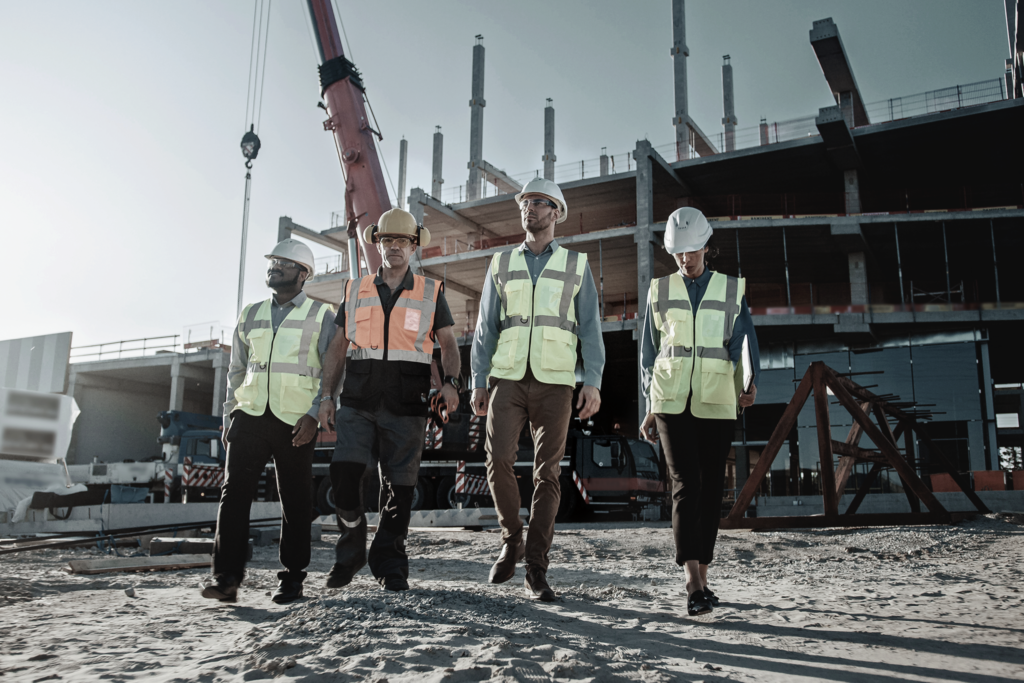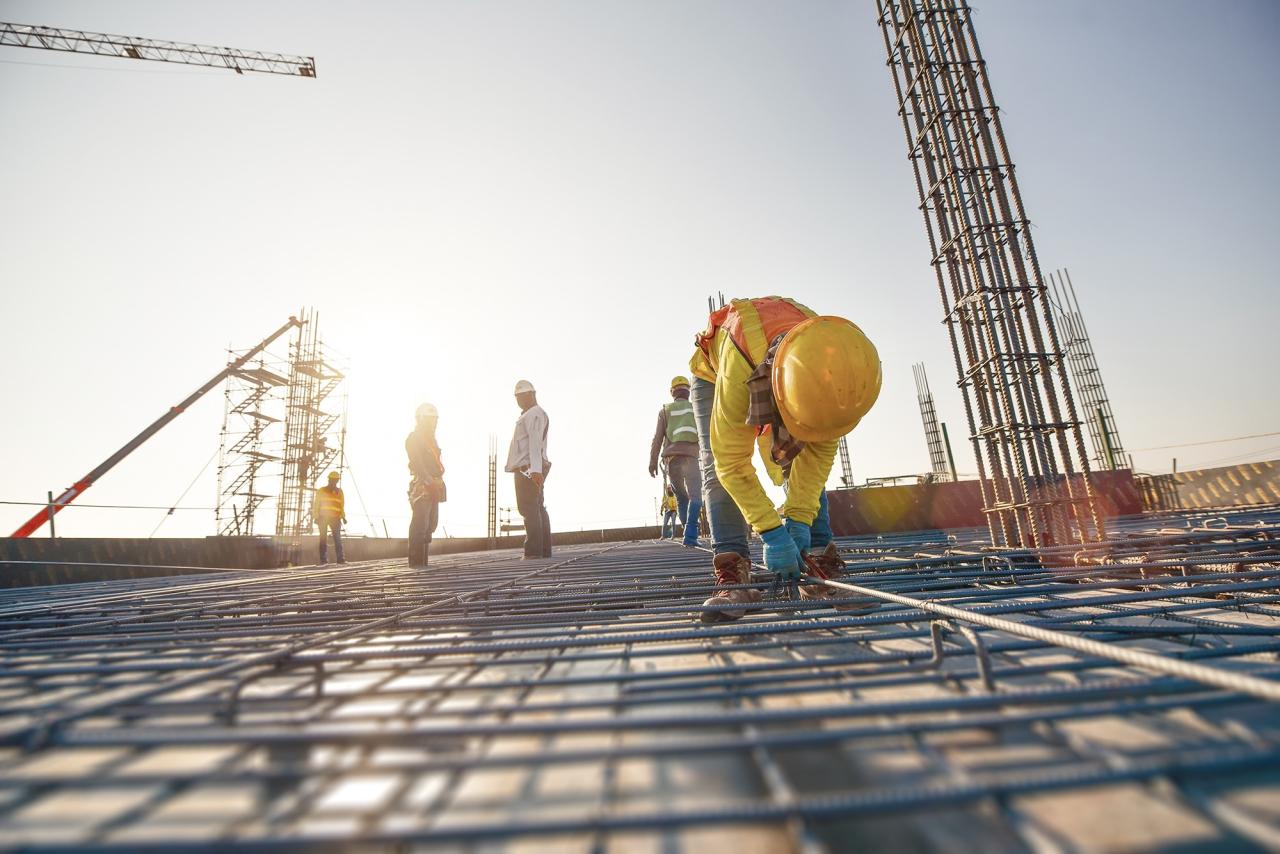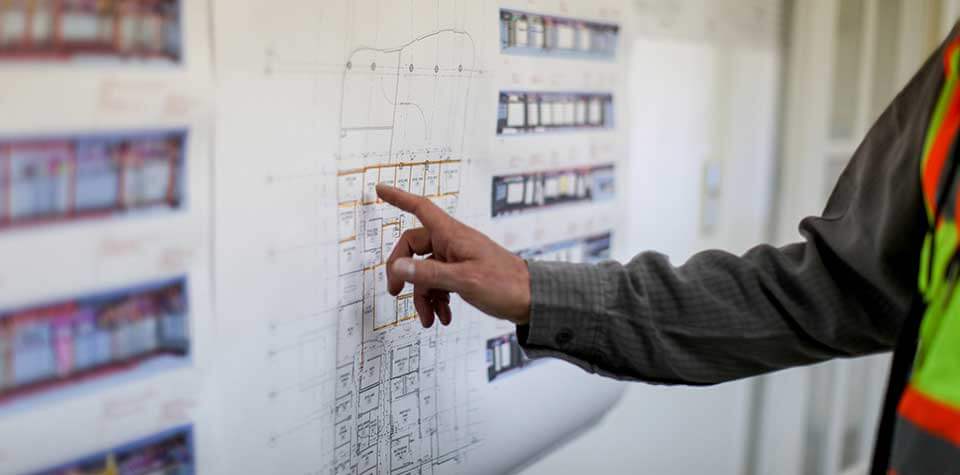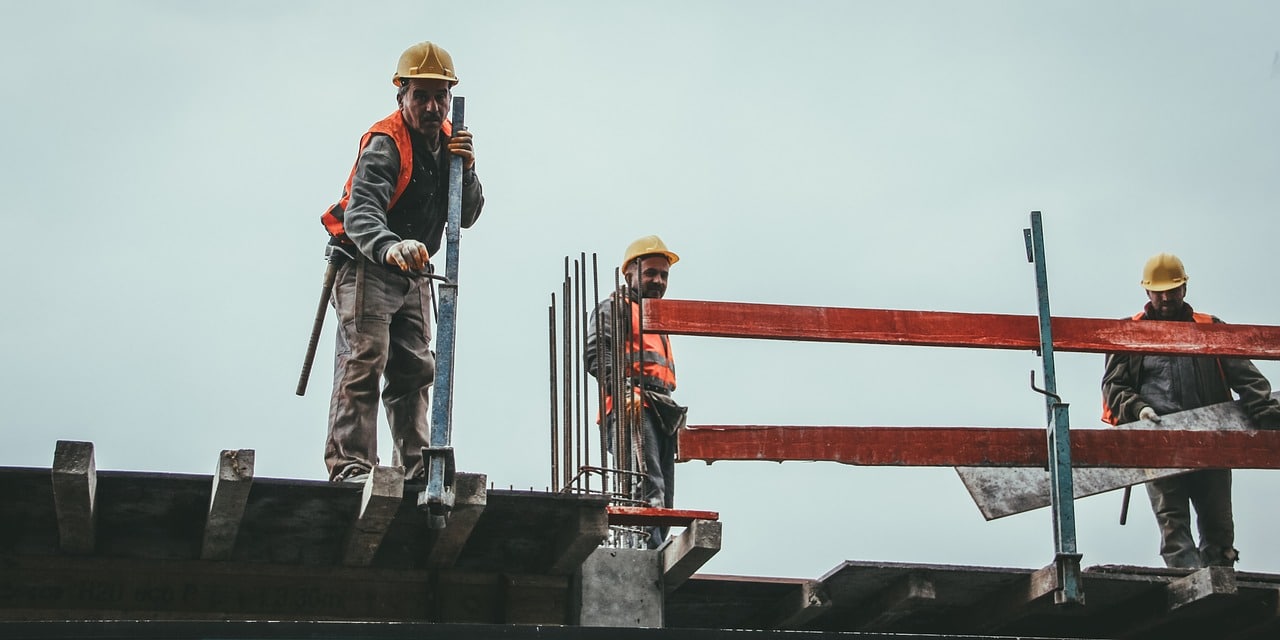You know the benefits of lean design and construction – maximizing efficiency while minimizing costs and decreasing waste—by now. But how do you implement practices to bring those benefits to your organization?
Realise the benefits of lean design and construction with these six processes, techniques, and tools!
Lean design and construction processes
Planning and scheduling are at the forefront of lean design and construction – let’s explore where the lean process starts.
Free eBook: Quick guide to Lean practices for construction professionals
1. Lookahead planning
Nothing was built in a day. Construction projects can take a few months to a few years to complete. And while you can extensively plan ahead, you can also expect those plans to change frequently throughout the project’s life.
Lookahead planning focuses on what’s coming up next. The team and stakeholders focus on planning the tasks set to take place over the next three to six weeks, dividing the project into smaller chunks to focus on and complete each meaningful activity.
Lookahead planning involves:
- Communicating every progress update, comment, concern, etc. in real-time
- Keeping up with project progress daily to keep tasks on track
- Linking your 3- to 6-week plan to your project’s main schedule and master plan
- Following up on each task’s completion to check quality and compliance
- Managing your labour, materials, and resources to ensure they align with your plan
2. Lean scheduling
Construction companies have used the critical path method for decades, but it has no place in a lean world where professionals are moving toward a pull planning and scheduling system.
Traditional methods rely on a single person to determine the project’s and team’s schedule—something that’s difficult even for the top project managers—and don’t often provide the best results.
Lean scheduling means:
- Involving the whole team to contribute relevant milestones
- Following those milestones and creating a phase plan
- Fitting the activities included in your phase plan into the schedule
- Setting the duration of each activity
- Going over the phase plan and breaking it down into weekly plans
- Communicating and collaborating daily to go over activities and keep tasks on track
- Updating the schedule frequently based on that communication
Lean design and construction techniques
Now that you have your planning and scheduling down, let’s discuss two lean design and construction techniques to keep your project going strong.
Further reading: Breaking down the 6 principles of Lean construction
1. Look at the big picture
Lean design and construction address the project’s design and the processes used to complete it by identifying the client’s objectives and eliminating any aspect that doesn’t add real value.
It’s time to stop thinking about lean design and construction as two separate processes—they are an intertwined, continuous flow of work. The idea is to look at the big picture, optimizing performance on a project level rather than an individual one.
This means understanding that all components affect one another and taking into account a fundamental lesson of lean production principles: You can’t manage each process component individually, because they all work together.
2. Adjust your workflow
Every process throughout the project’s life should include feedback loops that you can use to generate information and make continuous improvements.
For example, pull planning helps govern the flow of work to correctly time the overall project’s workflow, including information, materials, and labour.
Making frequent adjustments to improve processes creates reliable workflows, helps you avoid rework, and makes identifying and eliminating waste easier.
The keys to making these adjustments are trust and communication: Your team and contractors should be able to make decisions as needed instead of looking to a central authority for answers.
More to read: 5 Lean construction benefits (and how to get them)
Lean design and construction tools
Finally, let’s examine two tools that you can use to improve your lean design and construction processes and techniques.
1. The Last Planner® system
Using the Last Planner® methodology, construction professionals can bring together their lean design and construction processes and techniques—like lookahead planning and pull scheduling—in a single system.
The Last Planner® system focuses on five processes:
- Master planning to establish milestones (work phases), a master schedule (assigning dates to each milestone), and the project’s overall goals
- Phase planning to create and define tasks to complete the phases of work defined in your master schedule (this is where the pull planning and scheduling process comes in)
- Make-ready (lookahead) planning to ensure you can finish the planned tasks by looking for any possible constraints and solutions to continue the project without hitting unforeseen obstacles
- Weekly work planning to review your phases of work, prepare a weekly plan, and appoint tasks to different team members and contractors to complete
- Learning to stay on top of the project’s progress through daily coordination meetings and regular analysis of relevant metrics
2. Construction management software
The second essential tool for lean design and construction is construction management software to help you implement and track the right processes and techniques.
Construction management software helps organizations and construction professionals digitize their workflow and embrace lean principles by:
- Allowing for a real-time view of your site to track progress at every stage
- Improving communication and collaboration to reduce errors, rework, and waste
- Helping the project stay on schedule by monitoring each phase of work
- Reducing the administrative burden to keep everyone aligned and connected
Implement these lean design and construction processes and techniques with our Quick guide to lean practices for construction professionals ebook. Start seeing benefits immediately with your free demo of LetsBuild – the lean construction software designed for lean.






